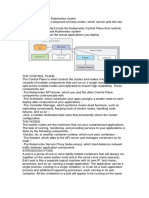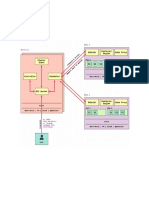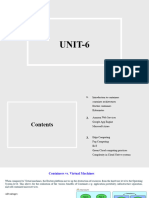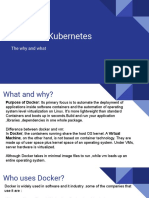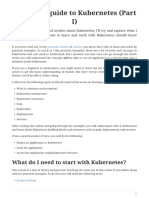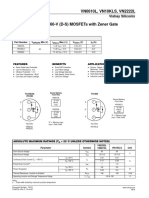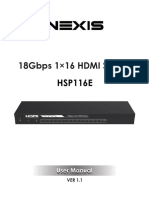0% found this document useful (0 votes)
12 views2 pagesSpeeeechh
Kubernetes Services provide a stable IP address and DNS name for Pods, which are ephemeral and can frequently change. This allows reliable access to applications even when Pods are replaced or rescheduled. Additionally, the document discusses the importance of exposing application metrics through a dedicated API endpoint for Prometheus to effectively monitor performance.
Uploaded by
mouhib7allouzi80Copyright
© © All Rights Reserved
We take content rights seriously. If you suspect this is your content, claim it here.
Available Formats
Download as DOCX, PDF, TXT or read online on Scribd
0% found this document useful (0 votes)
12 views2 pagesSpeeeechh
Kubernetes Services provide a stable IP address and DNS name for Pods, which are ephemeral and can frequently change. This allows reliable access to applications even when Pods are replaced or rescheduled. Additionally, the document discusses the importance of exposing application metrics through a dedicated API endpoint for Prometheus to effectively monitor performance.
Uploaded by
mouhib7allouzi80Copyright
© © All Rights Reserved
We take content rights seriously. If you suspect this is your content, claim it here.
Available Formats
Download as DOCX, PDF, TXT or read online on Scribd
/ 2









